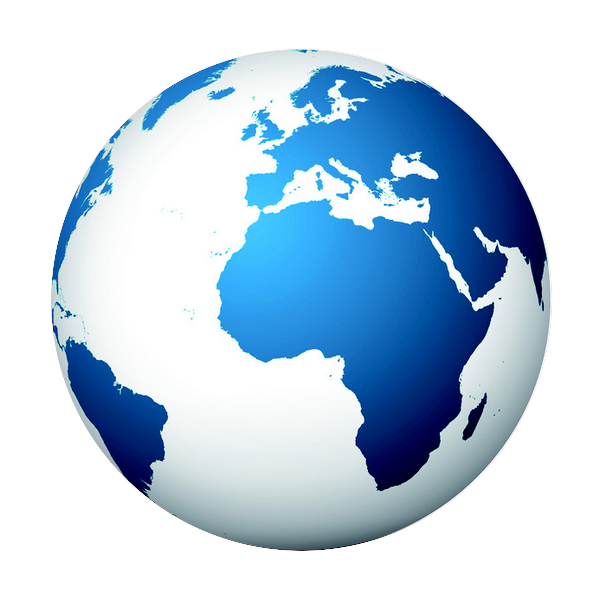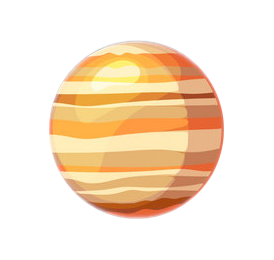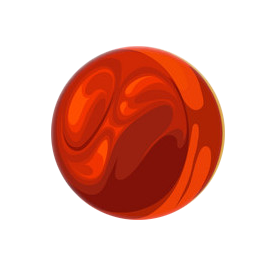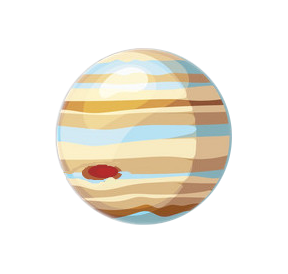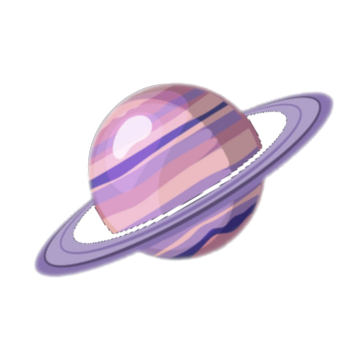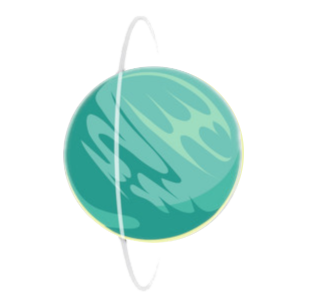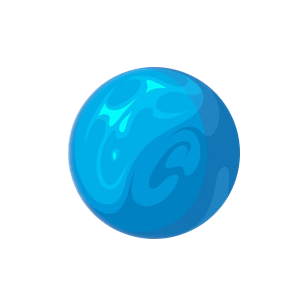The 6th Planet from the Sun
Interesting facts about the composition and minerals of the planet.
Hydrogen on Saturn
Hydrogen is the lightest element in the periodic table and the most abundant chemical substance in the universe. The universal emergence of atomic hydrogen first occurred during the Big Bang. At standard temperature and pressure, hydrogen is a colorless, odorless, non-toxic, nonmetallic, highly combustible diatomic gas.
Saturn
Saturn is the sixth planet from the Sun and the most distant that can be seen with the naked eye. Saturn is the second largest planet and is best known for its fabulous ring system that was first observed in 1610 by the astronomer Galileo Galilei. Saturn is the flattest planet. Its polar diameter is 90% of its equatorial diameter, this is due to its low density and fast rotation. Saturn turns on its axis once every 10 hours and 34 minutes giving it the second-shortest day of any of the solar system’s planets. Saturn has the most extensive rings in the solar system. The Saturnian rings are made up of are billions of particles that range in size from tiny dust grains to objects as large as mountains. These are made up of chunks of ice and rock, believed to have come from asteroids comets, or even moons, that broke apart before they reached the planet. The rings stretch out more than 120,700 km from the planet, but are are amazingly thin: only about 20 meters thick. Saturn has 150 moons and smaller moonlets. The largest moons are Titan and Rhea.
